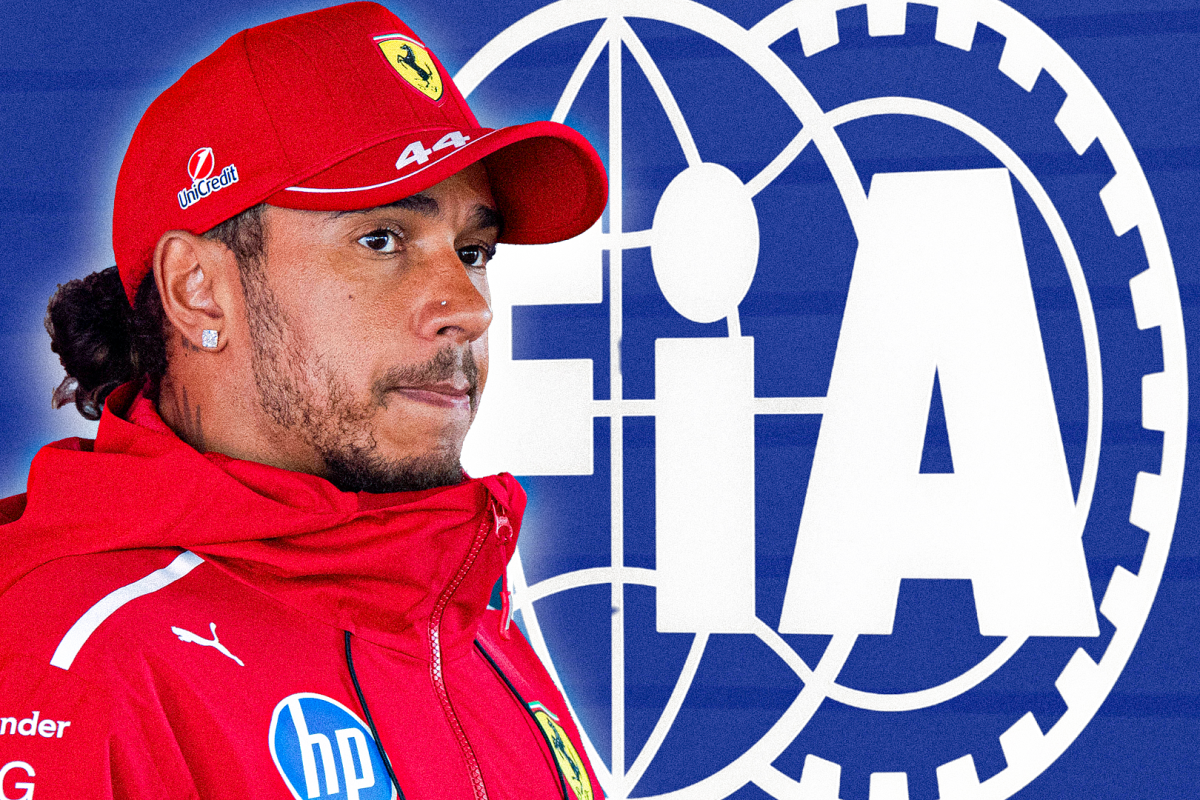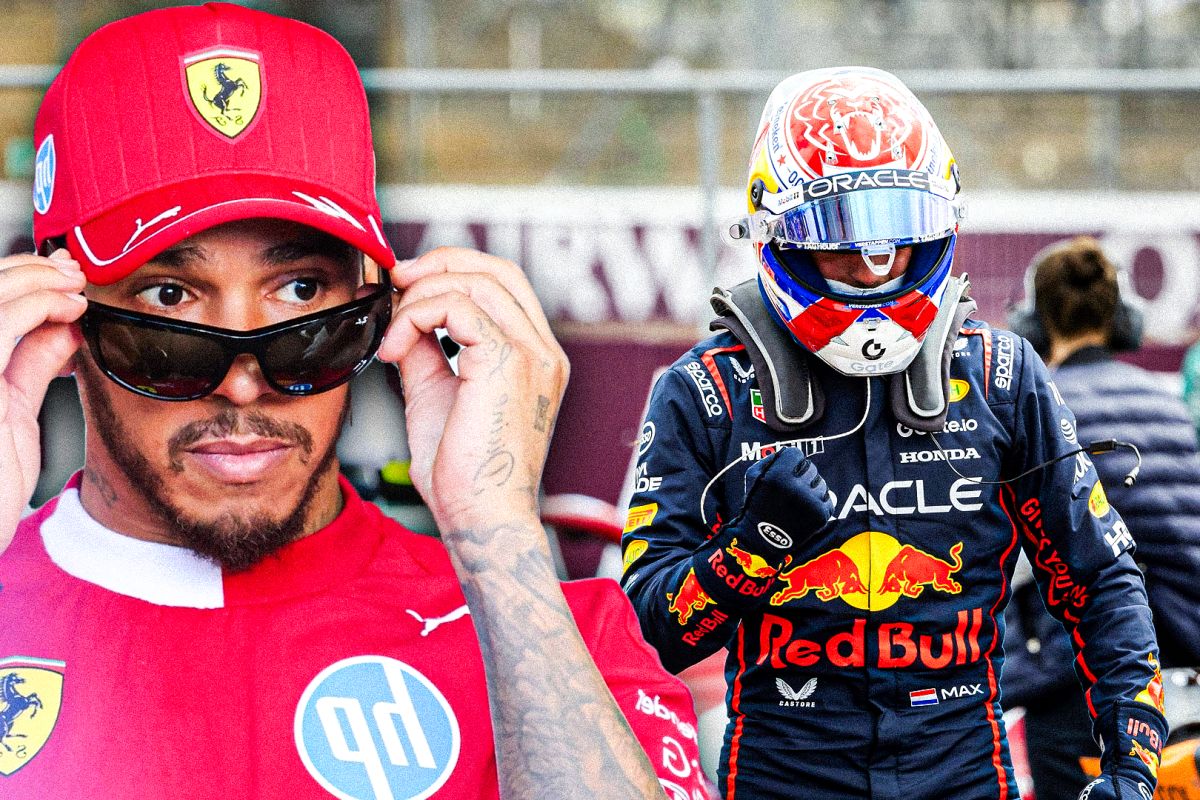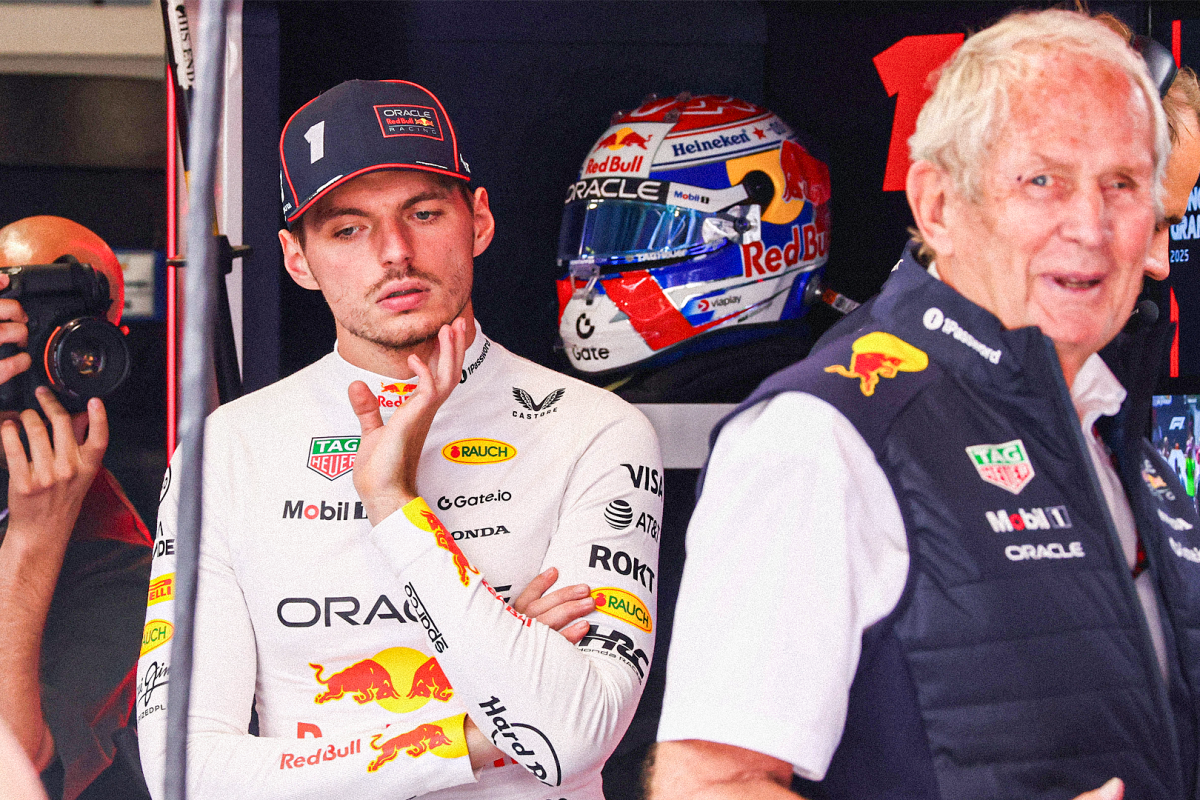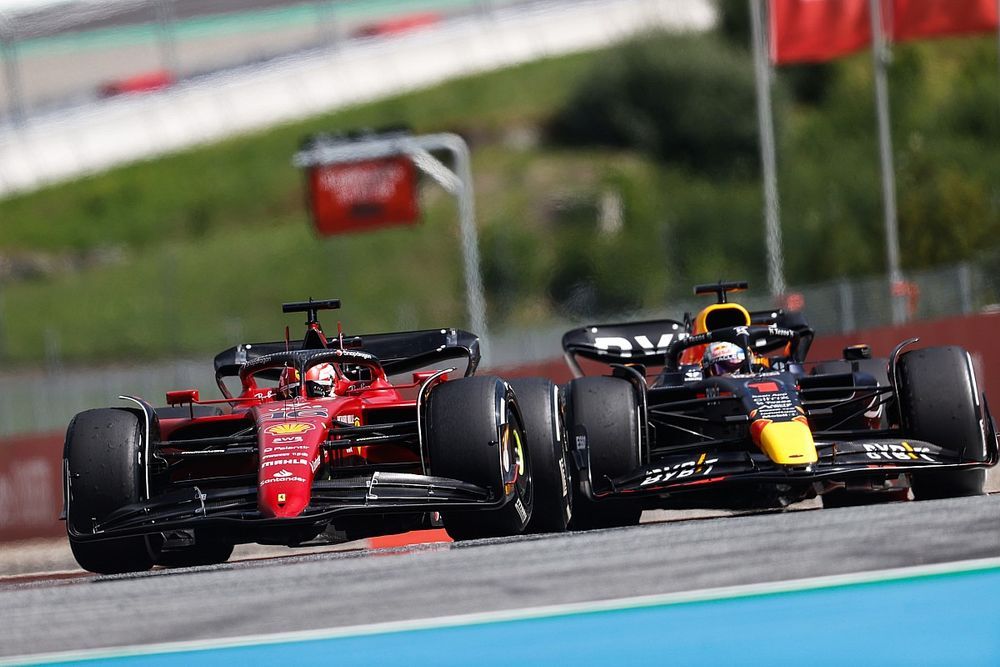“Hamilton vs. Leclerc: Telemetry Uncovers the Ferrari Se….read more
Charles Leclerc dazzled fans on the streets of Monte Carlo during Friday’s action-packed sessions, securing the fastest times in both Free Practice 1 and 2 at the Monaco Grand Prix. His stellar performance reignited belief in Ferrari’s potential after a season marked by inconsistency and underachievement. But beyond the headlines and lap times, telemetry data has begun to shed light on what gave Leclerc — and Ferrari — the upper hand, even over the likes of Lewis Hamilton.
The Monaco Grand Prix is a unique beast in the Formula 1 calendar. With its incredibly narrow layout, sharp corners, and almost non-existent runoff areas, it doesn’t just demand the best from the car — it tests the absolute limits of a driver’s precision and bravery. Unlike high-speed tracks where aerodynamics and straight-line speed reign supreme, Monaco is all about mechanical grip, agility, and driver confidence.
And this is precisely where Ferrari’s SF-25, a car that has struggled on more traditional circuits, found its sweet spot. According to the telemetry data, Ferrari’s setup for Monaco capitalized heavily on the circuit’s demands. Downforce was maximized to the extreme, with the team running high-rake configurations and softened suspensions to handle the relentless bumps and high kerbs scattered throughout the circuit. These adjustments, while not ideal for high-speed tracks, were tailor-made for the streets of Monaco.
Ride height — often a compromise at most tracks — was pushed higher to prevent bottoming out through Monaco’s notoriously uneven sections. This setup not only improved stability but gave Leclerc the freedom to attack corners more aggressively without risking a loss of control. Hamilton’s telemetry, by contrast, showed a more cautious approach in tight corners, likely due to Mercedes’ less forgiving suspension setup and slightly lower ride height.
Another factor working in Ferrari’s favor was driver confidence. Leclerc, racing on home soil, appeared incredibly composed and in sync with his car. Telemetry data indicated that he was braking later, carrying more speed into the corners, and accelerating earlier on exit — all signs of a driver pushing to the absolute limit, yet remaining in full control.
While Monaco may not reveal a team’s outright pace, it does expose how well a car handles low-speed conditions, quick direction changes, and how much faith a driver has in their machinery. At least for now, Ferrari and Leclerc seem to have nailed that formula — and Hamilton, despite all his skill, had no choice but to play catch-up.



